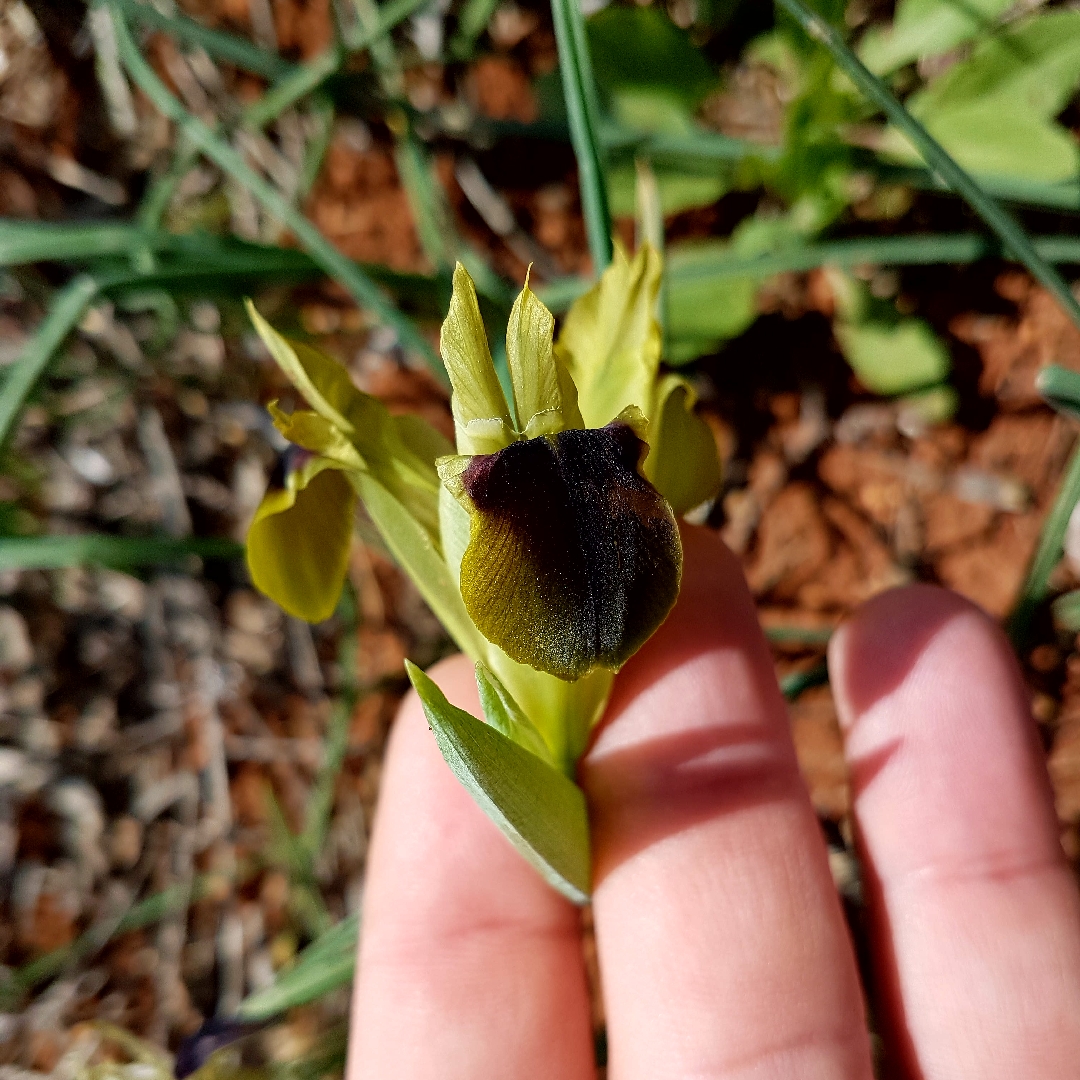
Iris tuberosa syn. Hermodactylus tuberosus
Widow Iris
'Widow Iris' or 'Snake's Head Iris' is grown from tuberous bulbs planted in autumn. It is best planted in full sun to partial shade, and requires well-drained soil. In can naturalise in grassy areas but grows well in rock gardens or containers. It flowers in early spring and is rather tender in the UK. Its blooms are green and dark purple – almost black. Flowers emit a delicate fragrance that intensifies in the warm spring sunshine. Makes a superb cut flower.
Contributed by @Geophyte
-
Full sun
-
Occasional watering
-
Frost Hardy: 23F (-5°C)
-
All soil conditions
Common name
Widow Iris
Latin name
Iris tuberosa syn. Hermodactylus tuberosus
type
Tuber
family
Iridaceae
ph
5.0 - 7.0 Acid - Neutral
Plant & bloom calendar
-
Best time to plant
full grown dimensions
 0.35 M
0.45 M
0.35 M
0.45 M
Iris tuberosa syn. Hermodactylus tuberosus
'Widow Iris' or 'Snake's Head Iris' is grown from tuberous bulbs planted in autumn. It is best planted in full sun to partial shade, and requires well-drained soil. In can naturalise in grassy areas but grows well in rock gardens or containers. It flowers in early spring and is rather tender in the UK. Its blooms are green and dark purple – almost black. Flowers emit a delicate fragrance that intensifies in the warm spring sunshine. Makes a superb cut flower.
Planting Outdoors Autumn
From Late Autumn TO Late Autumn
Ideally the tubers need to be planted in a sunny spot so that they can receive at least six hours of sun a day as well as being planted in well drained but moist soil. They do well near water but should be at least 6 inches above water level. Avoid hoeing around the base of the plants as the roots are near the surface and easily damaged. Plenty of mulch can help avoid weed growth around them, although rhizomatous varieties should not be mulched, as this could rot the tubers.












